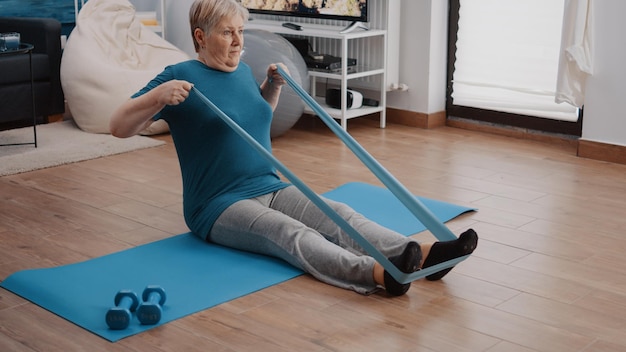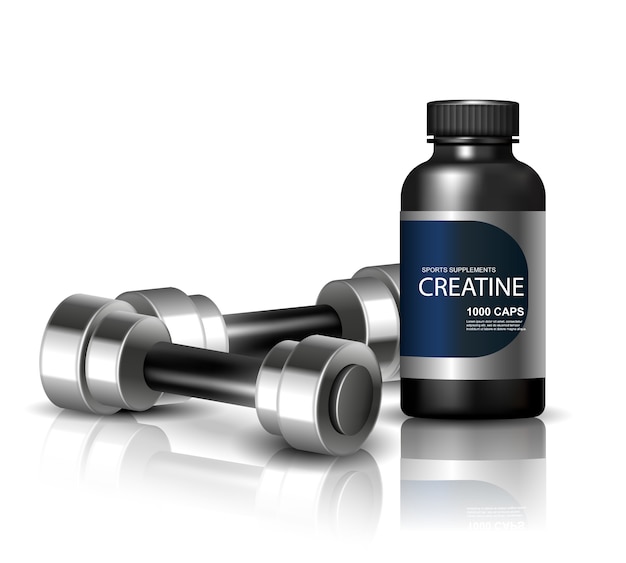How This 63-Year-Old Built Muscle After Four Surgeries and an Osteopenia Diagnosis
Discover the science-backed fitness and lifestyle strategies that helped a woman rebuild strength, increase muscle mass, and thrive in her 60s—despite health setbacks.

At 63, many people begin to slow down, accepting stiffness, fatigue, and muscle loss as inevitable parts of aging. But one woman’s story is challenging that narrative. After four major surgeries and a diagnosis of osteopenia—a condition marked by lower-than-normal bone density—she not only stayed active but built more muscle than she had in decades.
Her journey isn’t about extreme fitness or genetics. It’s a testament to consistency, smart training, and a shift in mindset about what’s possible in later life. Here’s how she did it—and how you can too.
Why Muscle Matters After 60
After age 30, adults lose 3–5% of muscle mass each decade—a condition known as sarcopenia. This decline accelerates after 60, increasing risks for falls, fractures, and loss of independence. For those with osteopenia, maintaining muscle is even more crucial, as strong muscles support and protect fragile bones.
Resistance training is the most effective way to combat muscle loss. Studies show that older adults who lift weights two to three times per week can increase muscle strength by 25–100% in just 10 weeks. Muscle also boosts metabolism, improves balance, and enhances overall quality of life.
Overcoming Health Setbacks
Multiple surgeries—especially those involving joints or the spine—can lead to prolonged inactivity, muscle atrophy, and fear of movement. Recovery often focuses on healing, not rebuilding. But without targeted strength work, lost muscle rarely returns on its own.
The key is a gradual, progressive approach. After medical clearance, the focus should shift from passive recovery to active rehabilitation. This means starting with low-intensity resistance exercises—like bodyweight squats, resistance bands, or light dumbbells—and slowly increasing load as strength improves.

The 4 Pillars of Her Success
1. Prioritizing Strength Training
She committed to strength training three times per week, focusing on compound movements like squats, deadlifts, push-ups, and rows. These exercises engage multiple muscle groups, maximizing efficiency and functional strength.
She started light and focused on form, gradually increasing weights over months. The goal wasn’t to lift the heaviest, but to lift consistently and progressively.
2. Embracing Progressive Overload
Progressive overload—the gradual increase of stress on the body during exercise—is essential for building muscle. Whether by adding weight, increasing reps, or reducing rest time, she ensured her muscles were challenged in new ways each week.
For example, she began with 2-pound dumbbells for shoulder presses and now uses 10 pounds—demonstrating that even small, consistent increases yield big results over time.
3. Focusing on Nutrition
Muscle growth requires adequate protein. After 50, the body becomes less efficient at using protein, so older adults need more—about 1.0 to 1.2 grams of protein per kilogram of body weight daily.
She incorporated high-quality protein sources like eggs, Greek yogurt, fish, and legumes into every meal. She also stayed hydrated and ensured sufficient intake of vitamin D and calcium to support both muscle and bone health.

4. Listening to Her Body
Recovery is just as important as effort. She prioritized sleep, managed stress, and incorporated rest days. On days when joints felt stiff, she swapped heavy lifting for walking, yoga, or swimming.
This flexible, intuitive approach prevented burnout and injury—common pitfalls when restarting fitness later in life.
Starting Your Own Journey
If you’re in your 60s and wondering where to begin, here are practical steps:
- Get medical clearance, especially if you have osteopenia, joint issues, or a surgical history.
- Start with bodyweight exercises or resistance bands.
- Work with a certified trainer experienced in senior fitness.
- Aim for two to three strength sessions per week, targeting all major muscle groups.
- Pair exercise with a protein-rich diet and adequate hydration.
Remember, it’s never too late to build strength. The goal isn’t to look like a bodybuilder—it’s to feel strong, independent, and capable at any age.
Final Thoughts
Aging doesn’t have to mean decline. With the right approach, it’s possible to gain muscle, improve bone density, and enhance mobility—even after health setbacks. This 63-year-old’s story proves that resilience, consistency, and smart choices can transform your health at any stage of life.
Whether you’re recovering from surgery, managing a diagnosis like osteopenia, or simply wanting to feel stronger, the time to start is now. Small, sustainable changes add up to powerful results.













